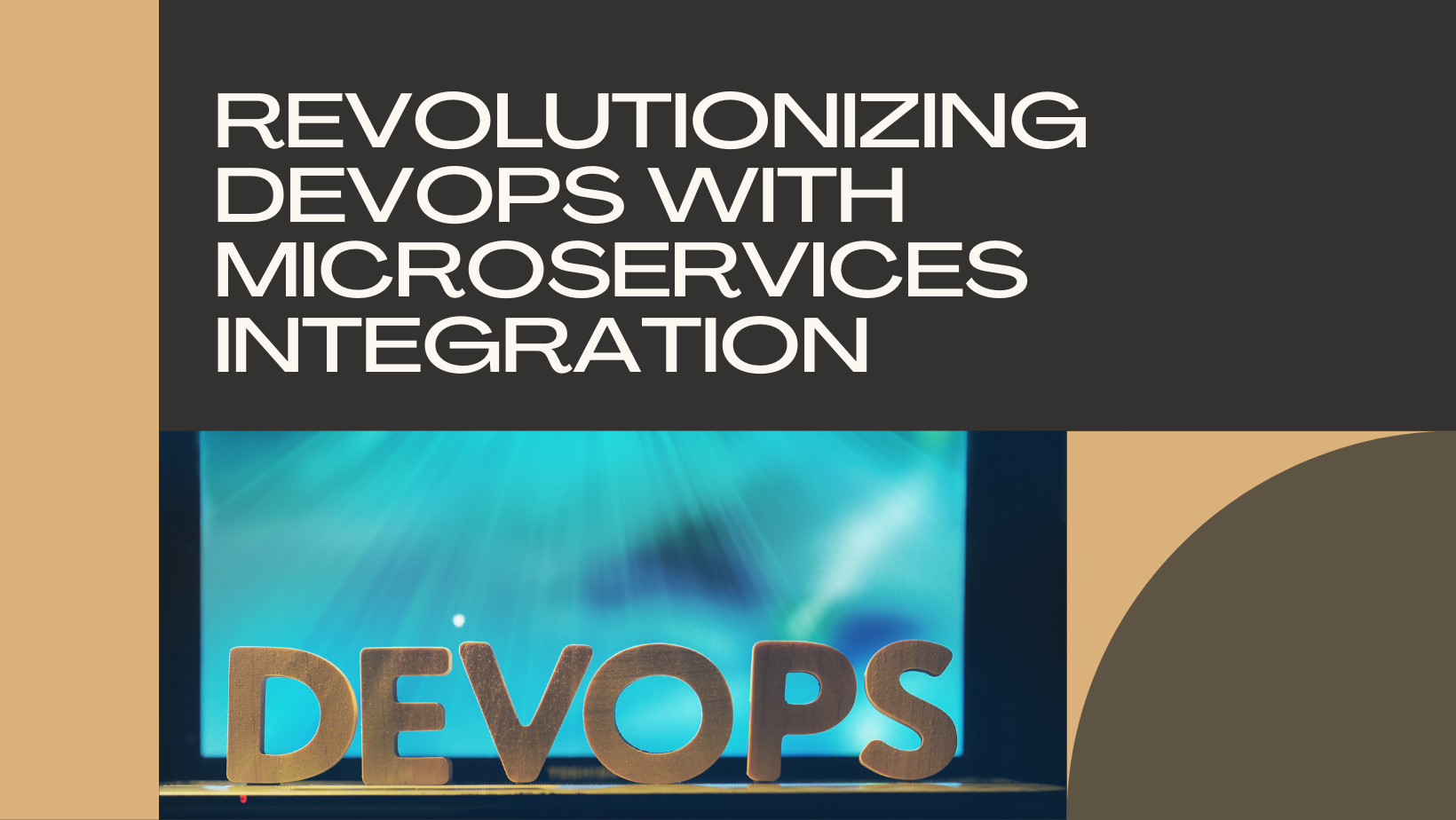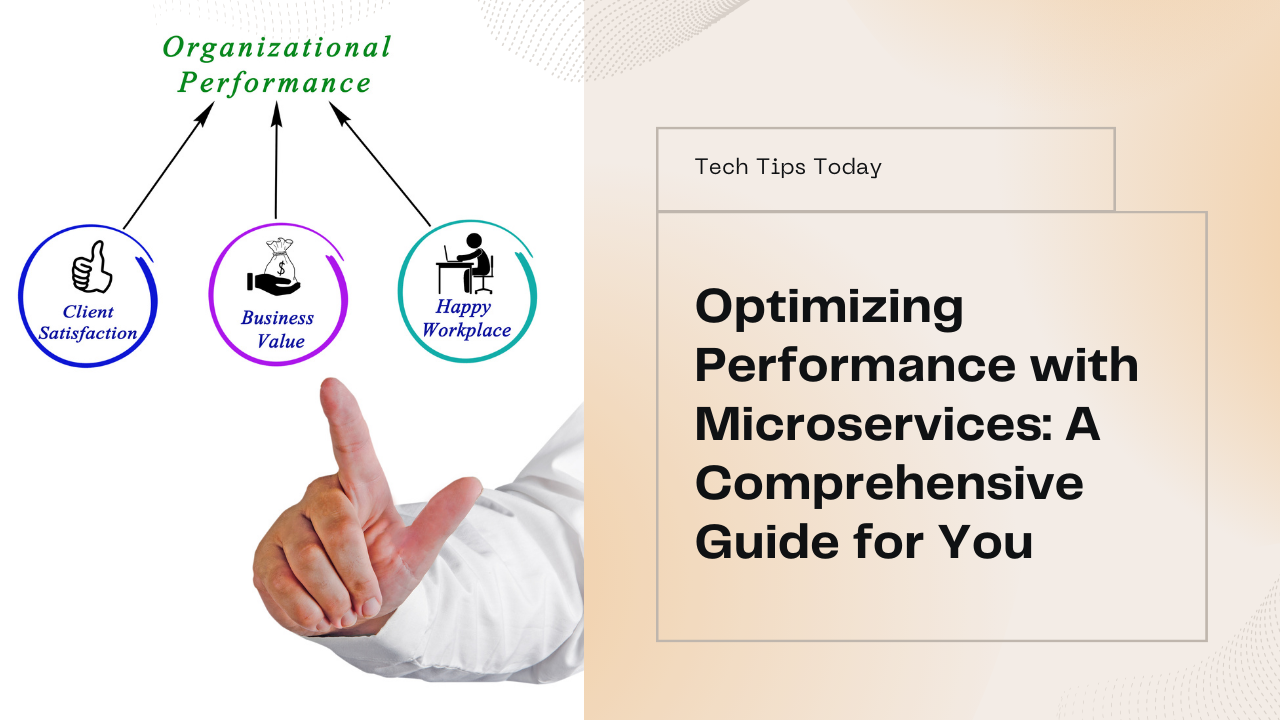In the fast-evolving landscape of business technology, Microservices Architecture has emerged as a pivotal paradigm, offering unprecedented advantages in scalability, agility, and innovation. This blog explores the transformative potential of Microservices for businesses, highlighting key trends, benefits, implementation strategies, and how Sodio Technologies is shaping the future with cutting-edge Microservices solutions.
Understanding Microservices Architecture
Microservices Architecture represents a departure from traditional monolithic applications, where a single large application is broken down into smaller, independently deployable services. Each service in a Microservices-based system is self-contained, focused on a specific business capability, and communicates with other services through lightweight protocols like HTTP or messaging queues. This modular approach enables businesses to achieve greater flexibility, scalability, and resilience compared to monolithic architectures.
Key Benefits of Microservices for Businesses
1. Scalability and Elasticity
Microservices enable businesses to scale individual services independently based on demand. This fine-grained scalability allows organizations to optimize resource utilization and handle varying workload patterns more efficiently. Unlike monolithic applications, where scaling often involves scaling the entire application, Microservices architecture permits targeted scaling of specific services critical to business operations.
2. Agility and Faster Time-to-Market
The modular nature of Microservices facilitates agile development practices, enabling teams to work on and deploy services independently. This agility accelerates time-to-market for new features and updates, responding quickly to market demands and changing business requirements. Continuous integration and continuous deployment (CI/CD) pipelines are easily implemented, fostering a culture of rapid iteration and innovation.
3. Fault Isolation and Resilience
In Microservices Architecture, failures are contained within specific services, minimizing the impact on the entire system. This fault isolation enhances system resilience, as issues in one service do not disrupt the entire application. Implementing resilience patterns such as circuit breakers, retries, and fallback mechanisms further strengthens the reliability of Microservices-based applications.
4. Technology Diversity and Innovation
Microservices support polyglot programming, allowing each service to be developed using the most suitable programming language, framework, or database. This flexibility encourages innovation by empowering teams to adopt emerging technologies and best-of-breed solutions for different components of the application. Organizations can leverage the latest advancements in cloud computing, containerization, and DevOps practices to drive continuous improvement and competitive differentiation.
Trends Shaping the Future of Microservices
1. Cloud-Native Adoption
The shift towards cloud-native architectures complements Microservices, enabling organizations to leverage cloud services for scalability, reliability, and cost efficiency. Cloud-native technologies such as Kubernetes, Docker, and serverless computing are integral to deploying and managing Microservices at scale, facilitating seamless integration with cloud platforms and services.
2. Event-Driven Architectures (EDA)
Event-driven architectures (EDA) are gaining traction in Microservices development, enabling real-time processing and responsiveness to business events and changes. Technologies like Apache Kafka and RabbitMQ facilitate asynchronous communication between Microservices, supporting decoupled and scalable event-driven workflows.
3. Serverless Computing
Serverless computing complements Microservices by abstracting infrastructure management and scaling responsibilities to cloud providers. Functions-as-a-Service (FaaS) platforms like AWS Lambda and Azure Functions enable developers to focus on writing code without worrying about server provisioning, scaling, and maintenance, thereby optimizing resource utilization and reducing operational overhead.
4. Micro Frontends
Micro Frontends extend the principles of Microservices to the frontend layer of applications, allowing teams to independently develop and deploy frontend components. This approach facilitates better separation of concerns, enhances frontend performance, and supports diverse technology stacks for different parts of the user interface (UI).
Implementing Microservices in Business
Step 1: Assess Readiness and Alignment
Evaluate existing application architectures, organizational readiness, and business objectives to determine the suitability of Microservices adoption. Identify business capabilities and domains that can benefit from decomposition into Microservices, considering factors such as scalability requirements, team structure, and technological maturity.
Step 2: Define Service Boundaries and Contracts
Define clear boundaries and responsibilities for each Microservice based on domain-driven design principles. Establish well-defined API contracts and communication protocols to ensure interoperability and maintainability across services. Implement service discovery mechanisms and API gateways to facilitate seamless interaction between Microservices and external clients.
Step 3: Embrace DevOps and Automation
Adopt DevOps practices to automate build, test, and deployment pipelines for Microservices-based applications. Implement CI/CD workflows to enable rapid and reliable delivery of changes to production, leveraging automated testing, containerization, and infrastructure as code (IaC) practices. Monitor application performance, availability, and security metrics using centralized monitoring and logging tools.
Step 4: Foster a Culture of Collaboration and Ownership
Promote cross-functional collaboration and ownership among development, operations, and business teams to successfully transition to Microservices. Encourage communication, knowledge sharing, and alignment of business goals to ensure that Microservices initiatives align with organizational objectives and deliver tangible business value.
Sodio Technologies: Leading the Microservices Revolution
At Sodio Technologies, we specialize in designing and implementing bespoke Microservices solutions that empower businesses with scalability, agility, and innovation. Our expertise in containerization, orchestration, cloud-native development, and DevOps enables us to deliver robust and future-proof Microservices architectures tailored to meet unique business needs.
Conclusion
Microservices Architecture represents the future of scalable, agile, and innovative software development for businesses across industries. By embracing Microservices, organizations can unlock unparalleled flexibility, accelerate digital transformation, and gain a competitive edge in the dynamic marketplace. Partnering with a trusted technology provider like Sodio Technologies ensures a seamless transition to Microservices and positions businesses for sustained growth and success in the digital era.







